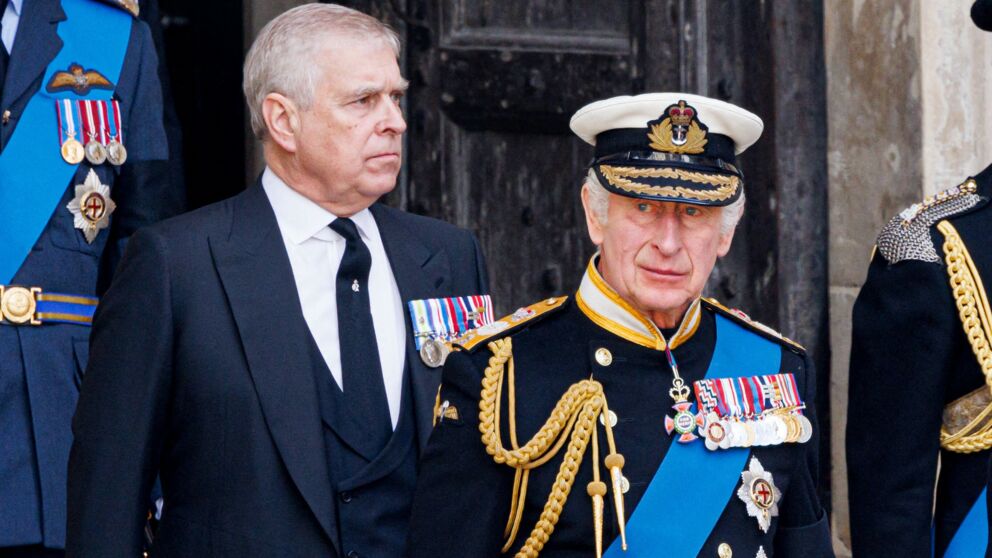ROYAL FAMILY
Prince Andrew’s Title Shift: A Turning Point for the Modern British Monarchy

In a move that has sparked immediate debate across royal circles, Prince Andrew has undergone a significant title shift — a development experts say marks a defining moment in King Charles III’s vision for a streamlined, future-focused British monarchy. While the change may appear subtle on the surface, its implications run far deeper, touching on royal reputation, public accountability, and the evolving structure of the royal institution.
A Deliberate and Symbolic Recalibration
The adjustment to Prince Andrew’s titles — both in usage and formal recognition — is widely interpreted as part of King Charles’s long-term strategy to reshape the monarchy for a new era. Royal insiders note that the palace has been carefully recalibrating Andrew’s role since his public controversies, but this latest shift underscores a firmer line being drawn.
“This is not just administrative,” one royal commentator shared. “It is symbolic — a message about standards, expectations, and what the modern monarchy stands for.”
A Monarch Defining His Legacy
Since ascending to the throne, King Charles has prioritized transparency, public trust, and a more efficient royal family. By moving away from traditionally expansive roles for extended family members, the King is signaling a monarchy grounded in accountability and purpose.
Prince Andrew’s reduced presence fits squarely within this strategic redesign.
Insiders say this recent title adjustment reflects Charles’s determination to protect the institution’s credibility and ensure the Crown is aligned with contemporary values.
How This Affects the Royal Landscape
The reverberations of the shift extend beyond Andrew himself.
Royal analysts predict several outcomes:
Tighter core monarchy: Fewer working royals, more focused engagements, and a clearer line of succession.
Increased public trust: A visible effort to address past controversies strengthens the monarchy’s long-term stability.
Rebalanced family dynamics: As roles shift, so does the internal influence of senior royals — especially Prince William and Princess Catherine, who increasingly represent the monarchy’s future.
Public Reaction: Divided but Engaged
Responses across the UK have been mixed but intense.
Some applaud the palace’s decisive action, viewing it as long overdue. Others express concern about what this means for Andrew personally — and whether it sets a new precedent for handling royal missteps.
Social media, meanwhile, is buzzing with speculation about what the shift signals for the next generation of royals and which titles or roles may be reassessed next.
A Turning Point for the Crown
What appears to be a simple title change is, in truth, a watershed moment. It represents a monarchy consciously adapting to a world that demands clarity, responsibility, and modern values. For Prince Andrew, it marks yet another step away from public duties. For the royal family — and the nation — it may be remembered as a defining moment in the evolution of the Crown.












